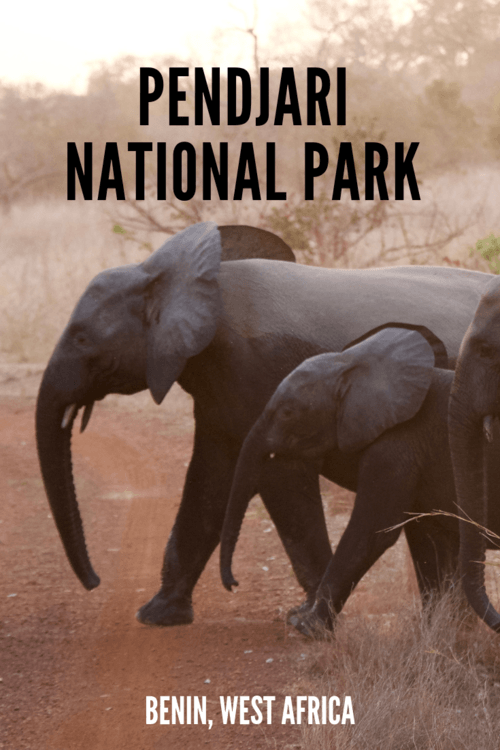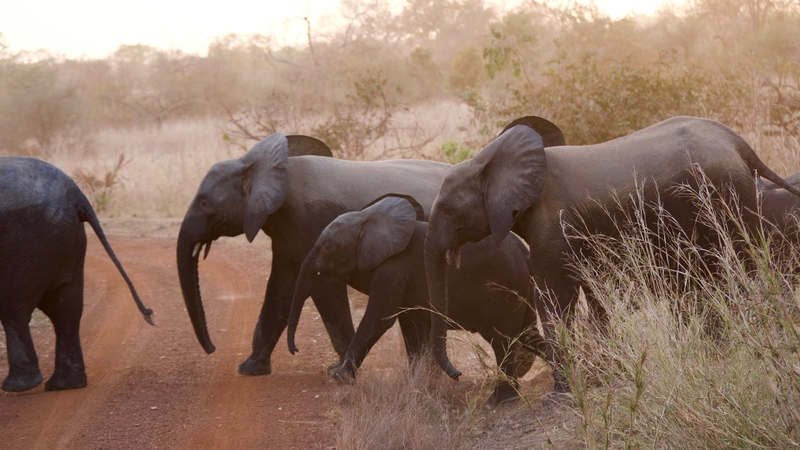
Pendjari National Park: West Africa’s Premier Wildlife Destination
Pendjari National Park is one of West Africa’s premier safari destinations. A wildlife-rich swath of land that lies along Benin’s border with Burkina Faso and Niger, the park is both one of the top places to visit in Benin and a highlight of travel to West Africa.
Pendjari spans an area of 4,800 square kilometers and is a primary component of the transnational W-Arly-Pendjari (WAP) complex. The WAP complex consists of Arli Park in Burkina Faso, W National Park in Niger and Pendjari in Benin. It is the largest remaining intact ecosystem in West Africa.
The sprawling game park is famous for its diverse array of birdlife and large concentration of endangered mammals. It is houses four of Africa’s big five—including buffalo, elephants, lions and leopards.
PENDJARI NATIONAL PARK IN BENIN
Pendjari isn’t like the game reserves in southern or eastern Africa. Nor should it be treated as such. Travelers expecting to see the Big 5 with little effort, may be better served by visiting places like the Serengeti or Etosha–where vast open spaces facilitate effortless animal sightings.
The shrub-covered landscape of Pendjari makes animal spotting more difficult.
But for bird enthusiasts, conservationists and lovers of ‘I Spy’, Pendjari’s one-of-a-kind wildlife encounters are all the more rewarding.
PENDJARI PARK TRAVEL LOGISTICS
I traveled to Pendjari National Park as part of an overland tour through Ghana, Togo and Benin with Dragoman. The tour consisted of twenty adventure-minded travelers, two group leaders and our large orange truck, Sura.
We visited the area in early February, during the dry season. Benin’s dry months–from December to May–are the best time to visit Pendjari due to lack of rainfall, reduced malaria risk and sparser vegetation. Even during high season, there are virtually no crowds in the park.
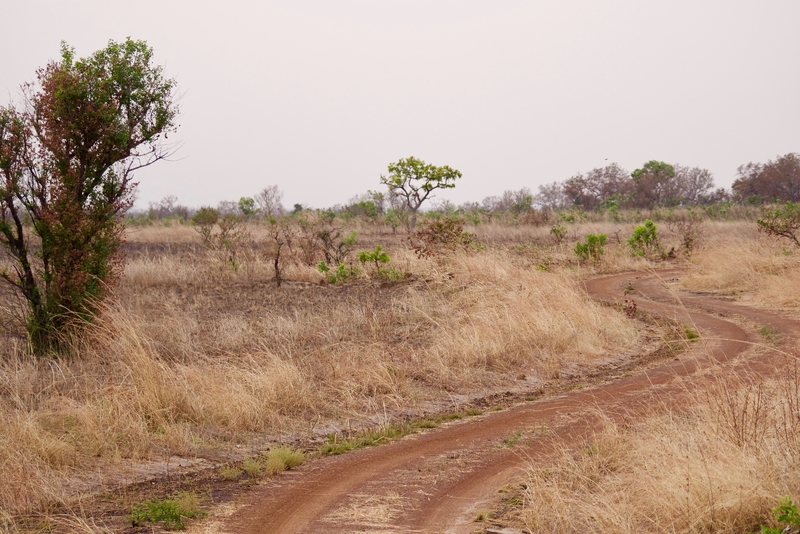
Entrance to the national park costs 10,000CFA for 24 hours. For three days in Pendjari, discounted tickets will set foreign travelers back by 25,000CFA.
There are limited places to spend the night in Pendjari. Most travelers stay in the Hotel Pendjari or the Pendjari Lodge.
We chose to camp—a decision that was at once thrilling and, perhaps, a bit risky.
OUR PENDJARI SAFARI EXPERIENCE
We traveled to Pendjari National Park after a memorable visit to the Tata Somba region of Northern Togo and Benin. I was looking forward to two days of animal-spotting and wild camping in West Africa’s best safari destination.
Our trip to Pendjari National Park began without a hitch. We got our camping permits, paid the entrance fee and rumbled down the dirt roads in our large orange overloading truck. One of the advantages of traveling in an overland truck, is that we were much higher off the ground than we would have been in a standard safari vehicle. The truck had roof seats, too, which allowed us to scan the surrounding landscape in search of animals.
On our first evening in Pendjari, we set out toward our campsite along the park’s dusty unpaved roads. While the grasses may have been high and the shrubbery dense, I was pleasantly surprised by the large number of animals we spotted.
Along the way, we came across elephant herds, antelope and a diverse array of colorful African birds.
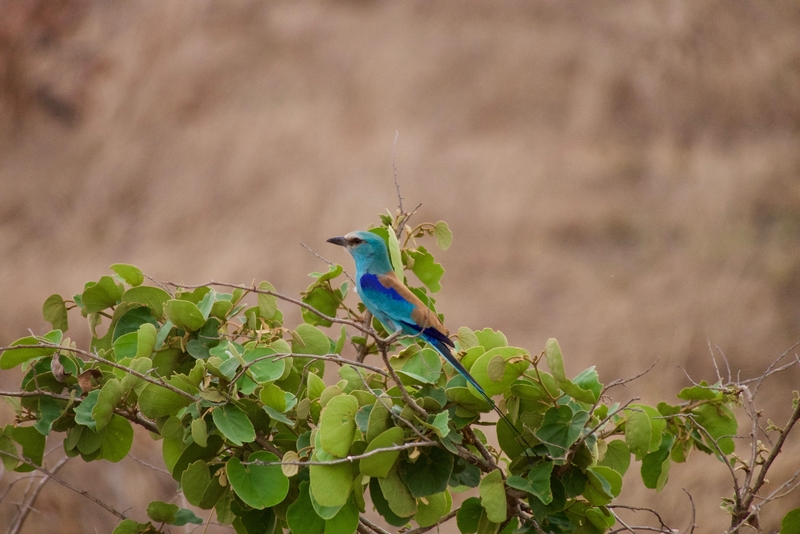
After an evening game drive, we set up camp along one of the hippo-filled lakes in Pendjari. Unlike Etosha, Kruger or Hlane, the camping areas in Pendjari are completely in the wild. With nothing but pit toilets and a small clearing for tents, the campsites have little in the way of facilities. There are no fences to act as barriers between campers and the animals.
As we lay in our tents at night, we could hear rustling in the leaves and the loud groans of the hippos in a nearby lake. The experience was thrilling, immersive and raw.
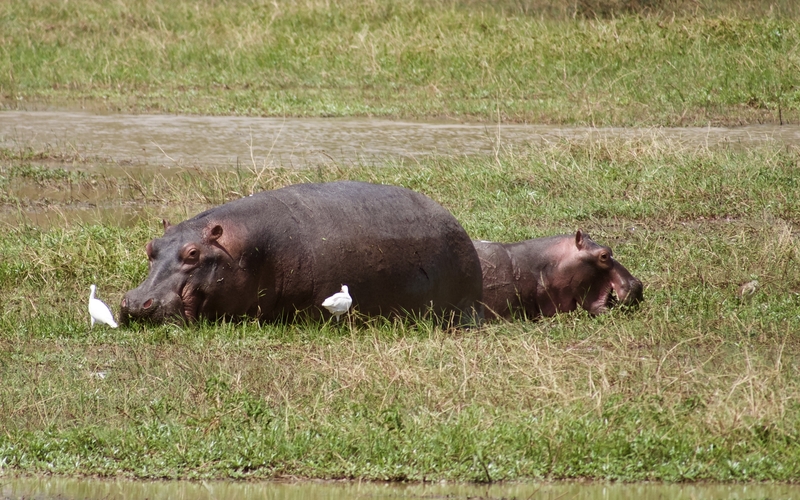
The following morning, we set out on a game drive through the desolate roads of Pendjari National Park. We had two scheduled game drives on our second day in Pendjari—one in the morning and one in the late afternoon. On our morning drive, we spotted more elephant herds, buffalo, birds and antelope. In the evening, after lunch and a short siesta, we continued along the park’s dusty roads in search of lions.
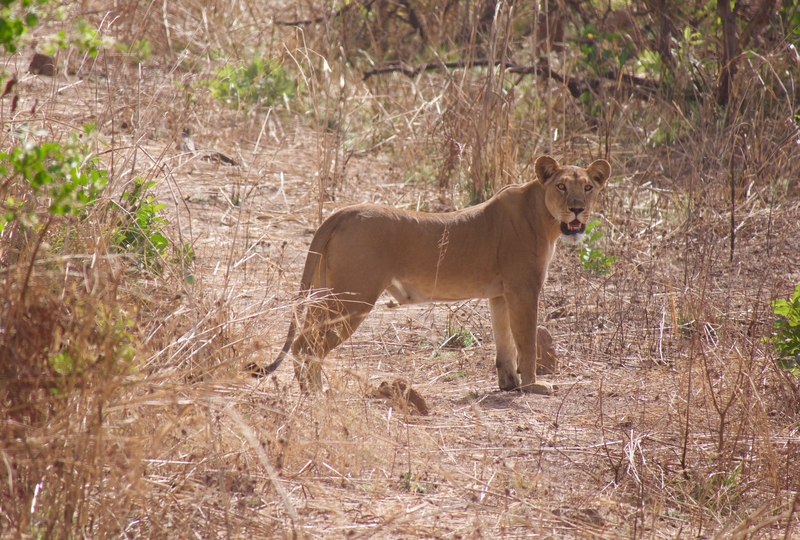
And we got lucky. About halfway through our evening drive, we spotted a lioness slinking through the tall grasses. She looked at our truck, walked toward us, and then continued onward–allowing us to follow her down the road for about five minutes.
It was a special moment and the highlight of our visit to Pendjari.
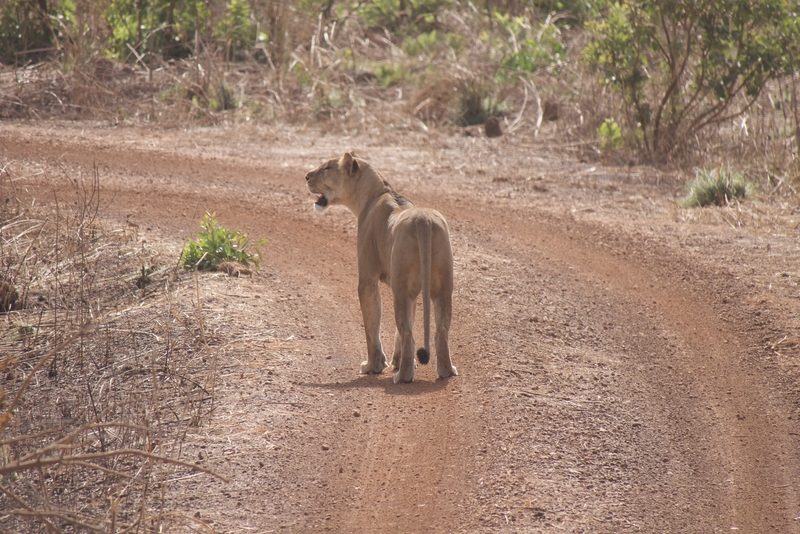
Enroute to our campsite, we passed another vehicle. The passengers in the vehicle introduced themselves as the owners of the Pendjari Lodge and warned us against camping in the park. ‘The campsite you wish to stay at tonight is currently closed,’ they told us.
We didn’t think much of the encounter. The passengers in the vehicle—a group of French-speaking foreigners in plain clothes and without identification—didn’t seem to have much authority over the rules and regulations of the park. Plus, we had hired a local park-sponsored guide and we had already gotten the okay to camp at our second location from the staff at the park entrance.
We ignored the remarks of the French-speaking travelers and opted to camp by the watering hole regardless.
By the next morning, as we made our way toward the park exit, we nearly forgot about the encounter.
Until a safari truck rolled up to us and an irate French-Canadian told us to pay nearly 2,000 euros for camping illegally in Pendjari.
In the beginning, we thought it was all a misunderstanding. Why would a French-Canadian owner of a lodge get on our case about camping illegally? What authority did he have? He then proclaimed himself the park manager, but had no documentation. Nor did he allow us to explain ourselves. We agreed to follow him to the park entrance, where we would clear up the misunderstanding.
At the park ticket office, however, reinforcements were already waiting for us. The French-Canadian had called in a dozen or so armed men. The men stood in a line, demanding we pay the hefty fine. They blocked our truck from leaving the park and threatened violence if we didn’t hand over cash.
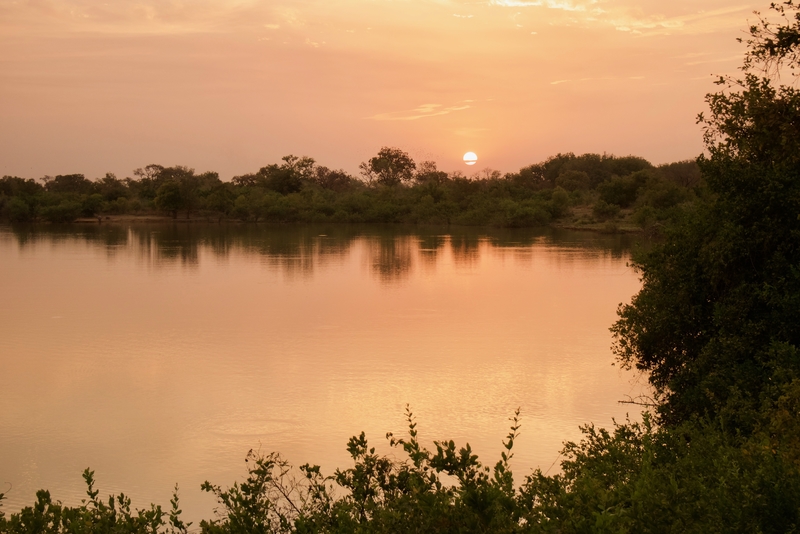
In the end, in order to ensure the safety of its passengers, Dragoman had no choice but to fork over the money.
We left the park feeling defeated. In one of West Africa’s most beautiful wildlife parks, bureaucracy, corruption and extortion got the best of us.
By the very people who were in charge of promoting tourism in the park, no less.
IS PENDJARI SAFE TO VISIT?
Our Pendjari National Park safari experience was one I’m unlikely to forget–both because of the incredible wildlife I witnessed and because of the unfortunate way our visit ended. After two incredible days of seeing lions, buffalo, elephants and countless beautiful birds, we found ourselves essentially held hostage at gun point by a dozen park rangers.
Is this experience typical? Is Pendjari safe to visit for tourists?
Unfortunately, I don’t think there is an easy answer to these questions. Pendjari receives far fewer travelers than similar wildlife parks in southern and eastern Africa. As a result, there is little information on visiting Pendjari and the risks associated with traveling to the region.
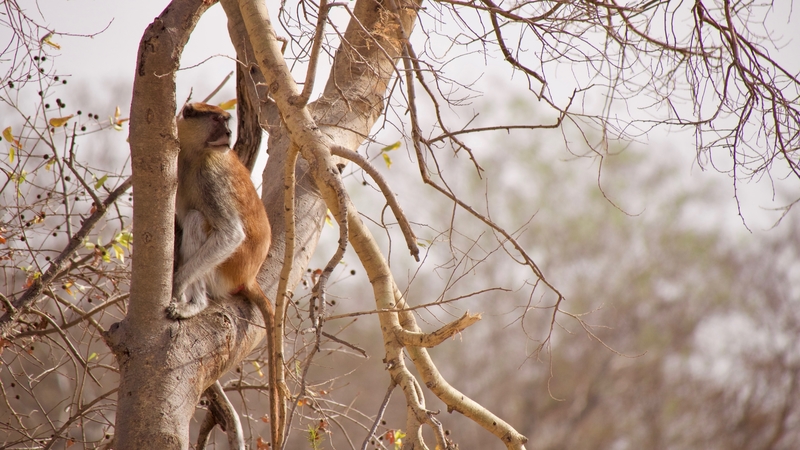
Benin is relatively safe compared to some of the other countries in West Africa. Yet, the northern reaches of the country (including Pendjari National Park) have felt the spillover effect of increased extremist activity across the border in Burkina Faso. The increased tension has caused the US State Department to elevate the security risk in Pendjari from a Level 1 to a Level 3.
And there is good reason for their concern. In May of 2019, merely three months after our visit, a group of French tourists were kidnapped in the area. Their local guide was found dead.
While the incident was completely unrelated to our run-in with the French-Canadian and his gun-toting reinforcements, it does speak to the unpredictability of travel in the area. Thus, while I don’t necessarily recommend reconsidering travel to Pendjari, I do think that it is important to remain vigilant and up-to-date on the security situation.
ALL IS WELL THAT ENDS WELL
Despite ending on a disappointing note, our safari in Pendjari National Park was one of the highlights of my trip to West Africa. The quality of our animal sightings was comparable to those in Sri Lanka’s Udawalawe National Park, and even rivaled those from my travels throughout southern Africa.
After the incident in Pendjari, our group was feeling demoralized and frustrated. We had spent the better part of an afternoon arguing and being taken advantage of by an expat who was on a clear power trip. With little negotiating power and nobody to defend our cause, we lost.
Along the road between Pendjari and the next stop on our Benin itinerary, however, our luck changed. It was getting late, and we needed to find a place to camp for the night. Our encounter with the park staff had set us half a day behind schedule.
Near Natitingou, we stumbled upon a lovely campsite at the Chutes de Kota and decided to call it an early night. We set up our tents, cooked dinner and explored the area. Near the campsite, we made our way down a steep set of stairs to a swimming hole at the base of the Kota Waterfall.
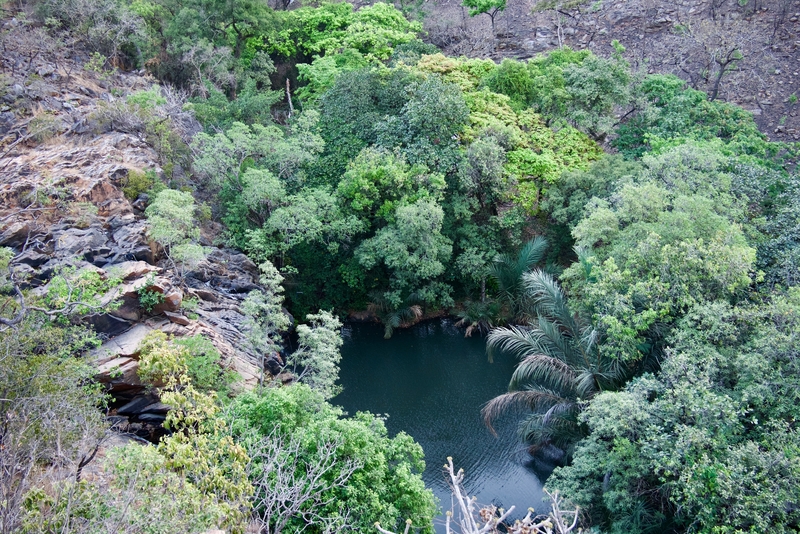
Under the starry night sky, we jumped into the natural pool and let the cool water rush over our bodies. It was refreshing. Exhilarating. Rejuvenating.
After a stressful travel day in Pendjari, our midnight swim left us ready for the remainder of our trip through Benin.
It was a reminder that–while travel in West Africa is often wrought with complications, frustrations and bureaucracy–the region is also surprising, unexpected and full of magic.
____________
Like this post? Pin it!
